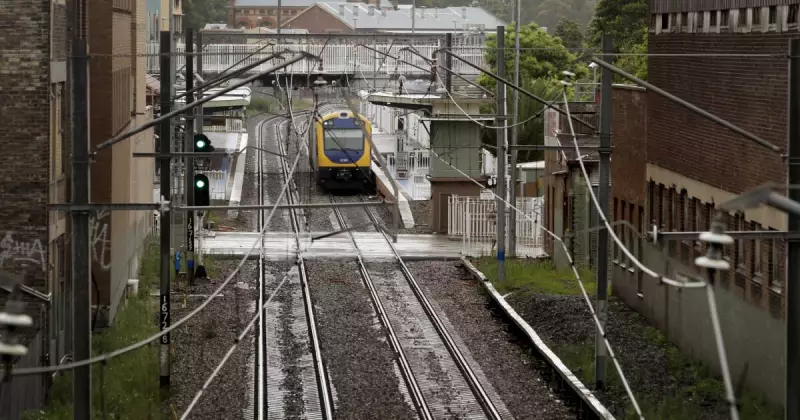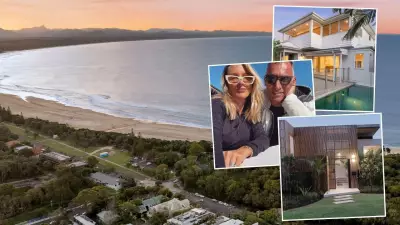
Newcastle's Transport Debate Heats Up
The Newcastle light rail system has become the centre of a heated community debate, with residents questioning whether the multi-million dollar project delivered genuine value for money. The controversy has sparked letters to the editor in the Newcastle Herald, revealing deep divisions over the city's transport future.
Alternative Vision Proposed
Milton Caine from Birmingham Gardens claims he presented an alternative plan to then NSW Transport Minister Gladys Berejiklian years ago that would have cost significantly less. His proposal involved retrofitting existing carriages at $1000 per carriage to create a three-way hybrid system with solar panels, rail power grid connectivity, and backup diesel generators.
The plan included extensive track extensions reaching key locations across Newcastle: through Newcastle Station to Parnell Place, the Esplanade at Newcastle baths, Church Street, Marketown, Merewether beach, Souths Leagues Club, the racecourse, Broadmeadow area, University of Newcastle, and even Newcastle Airport.
Caine described the current in-street light rail as "a total waste" that delivered "very poor excuse of a transport service with huge disruption." He attributes the decision to developer claims that the original rail line impeded city growth, suggesting developers could have built over the rail corridor if that was their true objective.
Broader Regional Concerns
The transport debate connects to wider concerns about the Hunter region's development. Peter Ronne from Woodberry expressed frustration that wealth generated from the region's coal exports is spent elsewhere rather than funding local infrastructure, adequate housing, and solving issues like ambulance ramping.
Meanwhile, City of Newcastle has defended its approach to urban planning. Executive manager of planning and development Amy Ryan outlined significant work underway to boost housing supply, including the adoption of a Local Housing Strategy in 2020 and partnership with the NSW government on the Broadmeadow Place Strategy, which aims to deliver 20,000 homes for 40,000 people.
Community Division on Multiple Fronts
The controversy extends beyond transport to other community issues. Recent Rising Tide protests against coal exports have drawn mixed reactions, with some residents questioning who will pay for rehabilitation of Foreshore Park after the protest activities.
Deputy Lord Mayor Charlotte McCabe's participation in the protests has also drawn criticism, with Joanie Wade from Carrington arguing that council representatives should attend such events as private citizens rather than in their official capacity.
Bruce Williams from Merewether expressed surprise at the lack of resistance against demonstrators who threaten "the very economic lifeblood of our city and region," while Matt McAlary from Waratah called for the blockade to be "the very last time this happens."
The letters reveal a community grappling with competing priorities: economic stability versus environmental concerns, development versus preservation, and questions about who truly benefits from the region's wealth and infrastructure investments.





